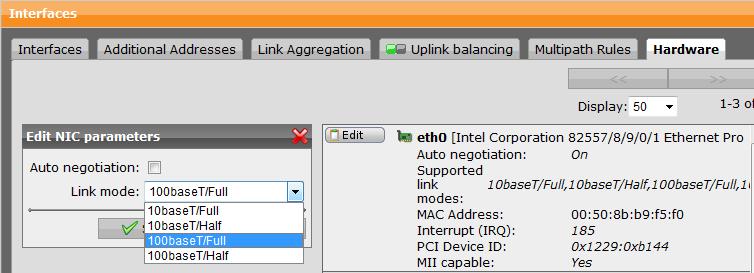The medical office I work for is massively overhauling their network in preparation for EMR. A security appliance will be purchased but nothing specific has been chosen yet. I have limited experience with Astaro and None with the Cisco PIX. I have heard other members of the team mention the PIX in passing so it is a possibility. I would like to lobby for the Astaro Security Gateway but I have no good way to compare. Does anyone one here have any insight to the differences in price and ease of use between Gateway and PIX? From my limited research I feel like Astaro is a more complete solution, but just saying that without something to back it up isn't terribly convincing. The office I work for is a max of 30 users and security is of great concern now that the majority of our data will be electronic. Any info would be greatly appreciated.
This thread was automatically locked due to age.



